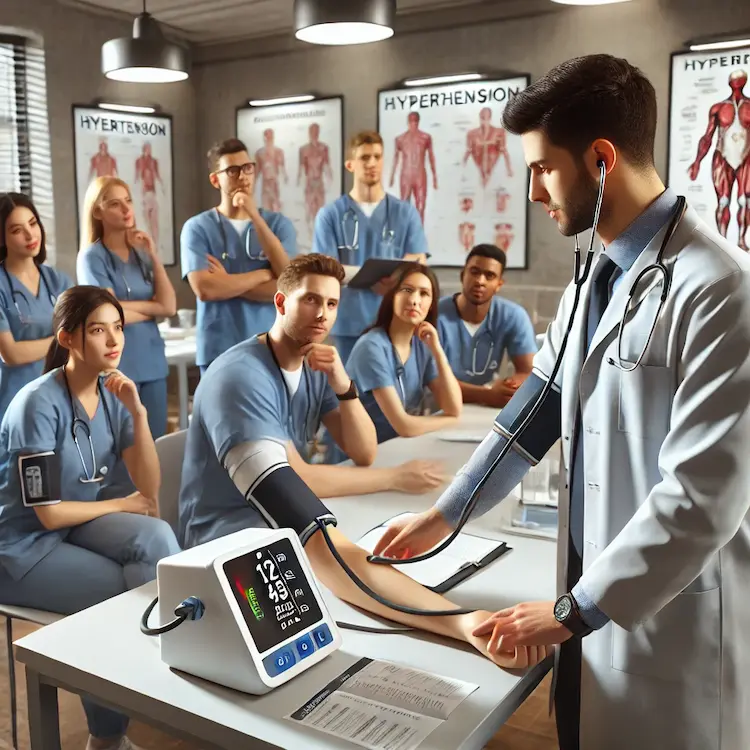Blood pressure (BP) measurement is a fundamental aspect of healthcare, playing a pivotal role in diagnosing and managing various medical conditions. Accurate BP measurement requires not only reliable tools but also well-structured training programs for healthcare professionals. Developing comprehensive training programs ensures consistency, precision, and better patient outcomes.
Effective BP measurement training programs are essential because:

| Method/Tool | Advantages | Disadvantages |
|---|---|---|
| Manual Monitors | Cost-effective, accurate when used correctly | Time-intensive, requires extensive training |
| Digital Monitors | User-friendly, quick measurements | Susceptible to calibration issues |
| Ambulatory BP Monitors | Captures 24-hour data | Expensive, may cause patient discomfort |

Developing blood pressure measurement training programs is a critical step toward improving healthcare accuracy, reducing misdiagnoses, and enhancing patient outcomes. Proper training ensures that healthcare professionals can reliably measure BP, leading to better hypertension management and overall public health benefits. By incorporating standardized guidelines, hands-on practice, and the latest technology, training programs can significantly enhance competency and efficiency in BP measurement.
Healthcare institutions must prioritize continuous education and regular updates to training methodologies. With the rise of digital monitoring tools and AI-assisted healthcare, adapting training programs to modern advancements is essential. Investing in well-structured BP measurement training programs not only saves costs by reducing medical errors but also builds patient trust in healthcare providers.
By following best practices, healthcare professionals can ensure accurate BP readings, ultimately contributing to better disease management and improved global health outcomes. Whether you’re a clinician, educator, or policymaker, implementing comprehensive training programs will play a crucial role in enhancing the quality and reliability of medical diagnostics worldwide.